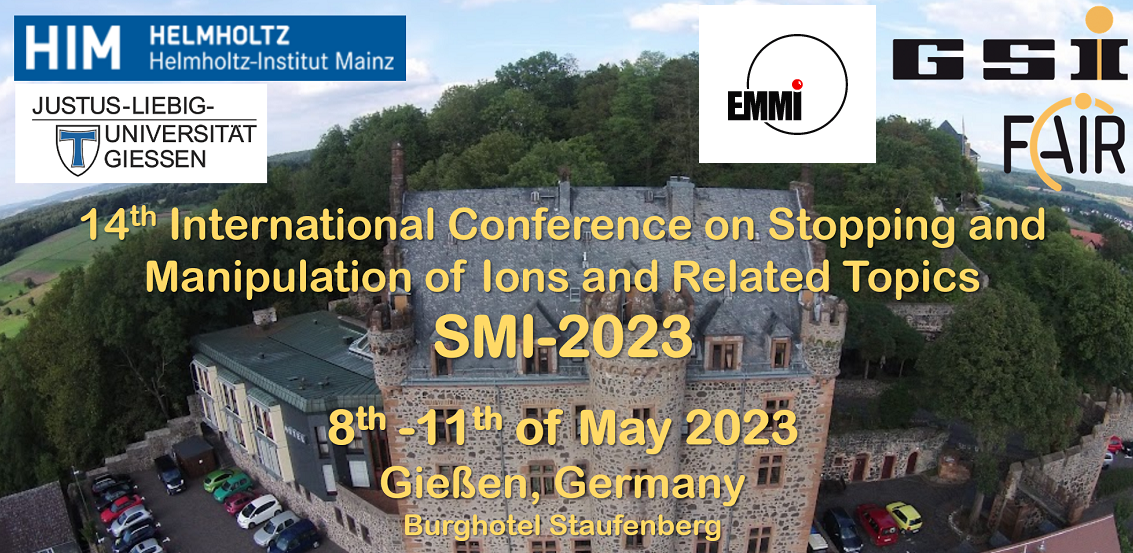Sprecher
Beschreibung
The HADO-CSC, an acronym for High Areal Orthogonal Extraction Cryogenic Stopping Cell, is a cutting-edge ion catcher design utilized in the creation and extraction of radioactive ion beams (RIBs).
The design consists of two gas chambers arranged orthogonally to one another, that allow for a quicker extraction process compared to existing longitudinal ion catchers. It operates by utilizing helium as a buffer gas that is cooled to cryogenic temperatures to freeze out impurities. DC fields are used to guide incoming ions towards an ion transport device known as the RF Carpet. This device is responsible for catching incoming ions and drifts them towards its center, where they are extracted through an extraction nozzle and are further sent towards analysis. The HADO-CSC is a complex scientific instrument that does not exist anywhere else in the world. It is a collaboration between several institutes and universities, including GSI and Giessen University in Germany, ELI-NP in Romania, Soreq in Israel, and JYFL in Finland. Due to the system complexity, different test-units have been considered to focus on optimizing various aspects of the HADO-CSC, such as testing different RF Carpet designs and supersonic jet optimizations. Two such examples pertains to the RF Carpet Testing Unit and the Supersonic Testing Unit, both of which will serve as the central focus of this presentation. The RF Carpet Testing Unit as well as the Supersonic Testing Unit are custom-made experimental set-up intended for assessing working parameters and methods to enhance ion collection, extraction and transport for the forthcoming HADO-CSC.

